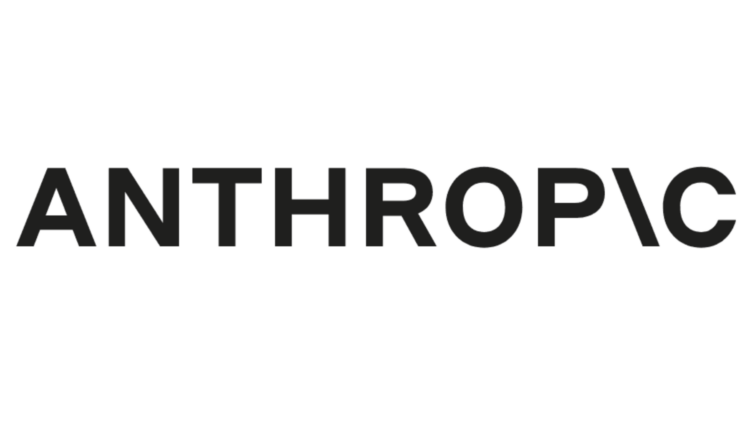
The Rise of Anthropic: Unveiling the Powerful Claude 3 AI
The TDR Three Key Takeaways:
- Anthropic debuts Claude 3, showcasing unparalleled speed and power in AI, marking a significant advancement in multimodal technology.
- Claude 3’s superior performance over competitors like GPT-4 and Gemini Ultra highlights Anthropic’s leading edge in AI benchmarks.
- Anthropic’s strategic collaborations and extensive funding propel Claude 3’s development, underscoring its growing influence in the AI sector.
Anthropic, an emerging leader in the artificial intelligence industry, yesterday announced the launch of Claude 3, its latest suite of AI models. This development represents a pivotal moment for Anthropic, distinguishing it from competitors by offering models that excel in speed, power, and multimodal capabilities. Claude 3 comprises three distinct models: Opus, Sonnet, and Haiku, with Opus being the most advanced, outshining established technologies like OpenAI’s GPT-4 and Google’s Gemini Ultra in benchmark tests.
The introduction of Claude 3 marks Anthropic’s first foray into multimodal support, allowing users to upload and analyze various forms of unstructured data, including photos and documents. This capability is a significant leap forward, reflecting the industry’s shift towards more versatile AI applications. Sonnet and Haiku, while more compact, offer cost-effective alternatives without compromising on the quality of output. These models are now accessible in 159 countries, with Haiku set to be released shortly.
Anthropic’s journey from a promising startup to a key player in the AI field is notable. With backing from tech giants such as Google, Salesforce, and Amazon, Anthropic has rapidly scaled its operations, secured significant funding and advanced its product offerings to compete directly with major players like ChatGPT. This rapid progression underscores the dynamic nature of the AI industry and Anthropic’s strategic positioning within it.
Collaborations with companies like Airtable and Asana for A/B testing of the models before launch demonstrate Anthropic’s commitment to refining its technology. The company’s ability to draw on such partnerships for feedback and improvement is crucial for staying at the forefront of AI development.
Ethical considerations and the quest for safe AI have been at the core of Anthropic’s development process. The company’s emphasis on creating models that balance capability with safety addresses growing concerns around bias and misinformation in AI technologies. Claude 3’s nuanced understanding of prompts and its ability to handle complex data sets without compromising on safety standards highlight Anthropic’s dedication to advancing AI responsibly.
Furthermore, the multimodal capabilities of Claude 3, although not extending to image generation, represent a significant step towards creating more comprehensive AI tools. This approach aligns with the broader industry trend of embracing multimodality to mirror the complexity of human interaction with the world.
Amidst challenges such as computer chip shortages and legal controversies, Anthropic’s achievements with Claude 3 offer a glimpse into the future of AI. The model’s enhanced performance, particularly in areas like scientific data analysis and computer coding, positions Anthropic as a formidable competitor in the AI landscape. Want to keep up to date with all of TDR’s research, subscribe to our daily Baked In newsletter.



